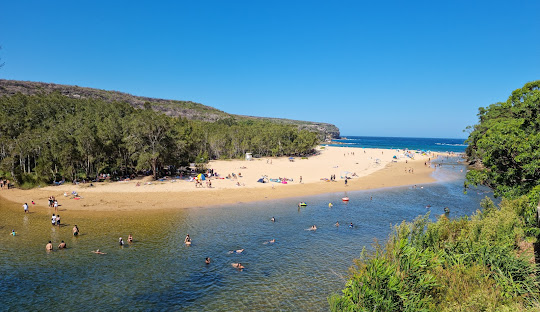
Wollongong’s Industrial Legacy and Cultural Revival: From Steelworks to Historic Shipwrecks
Posted by on
Wollongong’s evolution as a major industrial center owes much to the abundant coal resources in the region. In 1928, the establishment of a steelworks at Port Kembla by Hoskins—later known as Australian Iron & Steel—marked the beginning of a thriving heavy industry era just south of Wollongong. This steelworks expanded significantly after being acquired by the Broken Hill Proprietary Company (BHP) in 1935, and although BHP eventually spun off its steel division as BlueScope, the Port Kembla plant remains a world-class integrated steel producer, generating approximately 5 million tonnes of steel annually.
Port Kembla hosts the largest concentration of heavy industry in Australia, encompassing facilities such as a fertiliser plant, electrolytic copper smelter, locomotive workshops, coal and grain export terminals, and an industrial gases manufacturer. This industrial complex has long been a cornerstone of Wollongong’s economy.
Beyond industry, Wollongong’s urban and cultural development flourished in the mid-20th century. The Wollongong Lighthouse was completed on Flagstaff Point in 1936, and the city was officially proclaimed in 1942. The post-war era saw the formation of the City of Greater Wollongong in 1947 and steady population growth, reaching nearly 91,000 residents by 1954. Key infrastructure developments included new council chambers in 1956, the establishment of Wollongong University College in 1961, and the opening of the Westfield shopping centre at Figtree in 1965.
Wollongong embraced modernization with the electrification of its railway line in the 1980s, the creation of the Wollongong Mall pedestrian precinct, and the opening of cultural landmarks such as the Illawarra Performing Arts Centre (IPAC) in 1988, inaugurated by Prince Charles and Princess Diana. The 1990s and early 2000s continued this trend, with the unification of local shopping malls into Wollongong Central, the opening of the Wollongong Entertainment Centre, and hosting part of the 2000 Sydney Olympic torch relay.
Though the decline of traditional manufacturing industries began in the 1980s with the end of protectionist policies, Wollongong’s economy has diversified. Today, sectors like higher education, arts, tourism, sustainable construction, and eco-friendly energy are gaining prominence. Yet, heavy industry remains a critical economic driver, underpinning the city’s future.
Wollongong’s name reflects its Indigenous heritage with meanings that include “seas of the South,” “great feast of fish,” “song of the sea,” and “hard ground near water.” In 2024, the discovery of the SS Nemesis coal shipwreck off Wollongong’s coast — a vessel lost nearly 120 years ago on its voyage to Melbourne — has added to the city’s rich maritime history and archaeological interest.
Wollongong continues to balance its industrial strength with cultural vibrancy and natural beauty, maintaining its place as a vital hub on Australia’s South Coast.